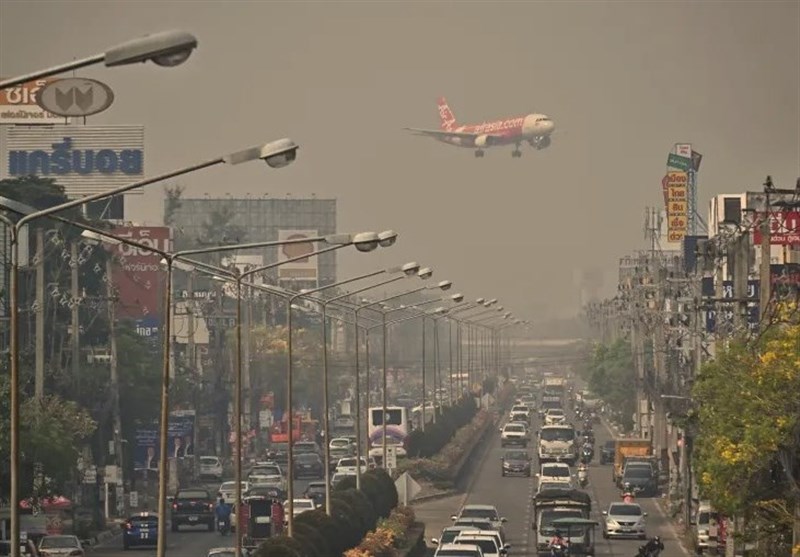Top Polluting Cities Revealed as Activists Fume at COP29
TEHRAN (Tasnim) - Cities in Asia and the United States emit the most heat-trapping gases that feed climate change, according to new data, as delegates at United Nations climate talks decide how much rich nations will pay to help the world cut emissions.
According to Climate Trace’s annual data released on Friday at the Conference of Parties, or COP29, in Baku, Azerbaijan Republic, seven states or provinces spewed more than 1 billion metric tons of greenhouse gases, all of them in China except the US state of Texas, which ranks sixth. Shanghai topped the list, producing 256 million metric tons.
The organization, cofounded by former US Vice President Al Gore, also found that China, India, Iran, Indonesia and Russia had the biggest increases in emissions from 2022 to 2023 while Venezuela, Japan, Germany, the United Kingdom and the US had the biggest decreases in pollution.
The release of the data comes as climate officials and activists alike are growing increasingly frustrated over the world’s inability to clamp down on planet-warming fossil fuels as well as the countries and companies that promote them, Al Jazeera reported.
On Friday, oil executives, including from Total, BP, Equinor and Shell, appeared at the summit and said they would invest $500m to expand access to sustainable modern energy and help people, particularly in sub-Saharan Africa and Asia, to transition to clean cooking practices.
But the sizeable presence of fossil fuel industry lobbyists at the meeting angered environmental groups and activists.
The success of this year’s climate summit hinges on whether countries can agree on a new finance target for richer countries, development lenders and the private sector to deliver at least $1 trillion each year to help developing countries cope with the rapidly changing climate.
A report by an independent panel of experts at the summit said countries need to invest more than $6 trillion per year by 2030 or risk having to pay more in the future.






